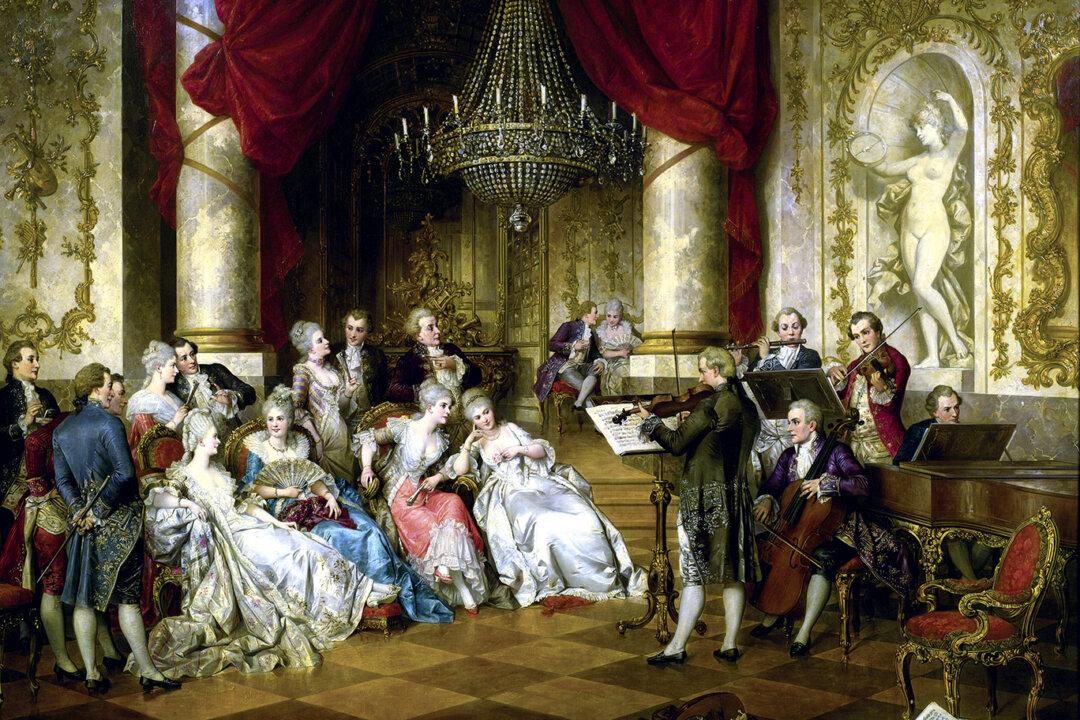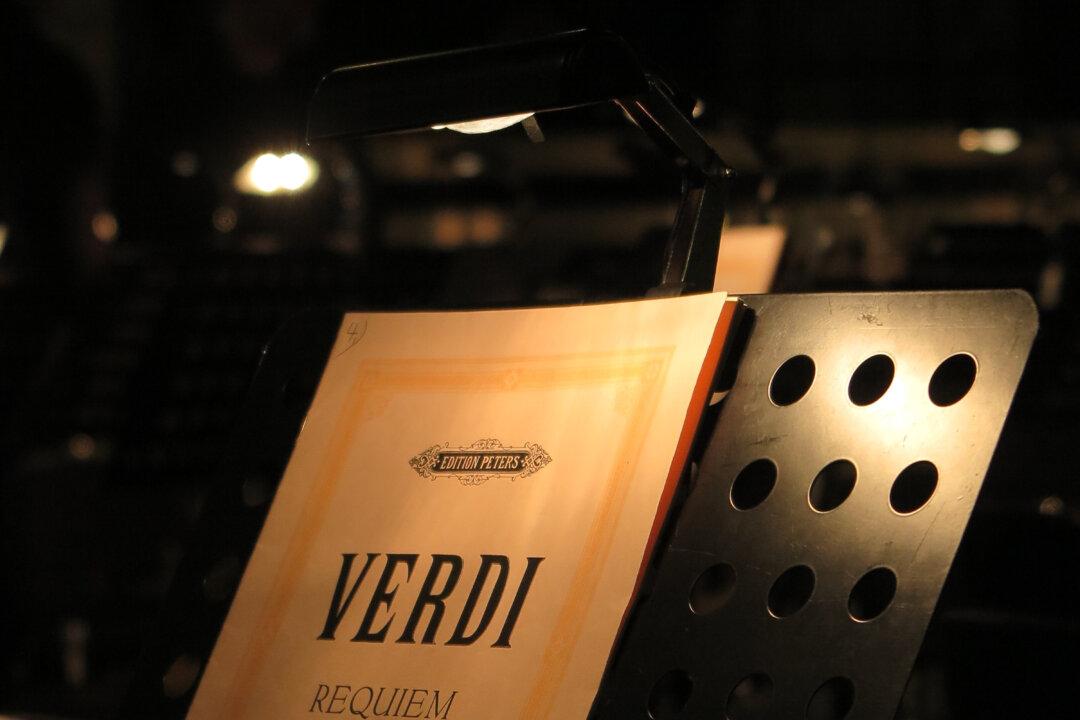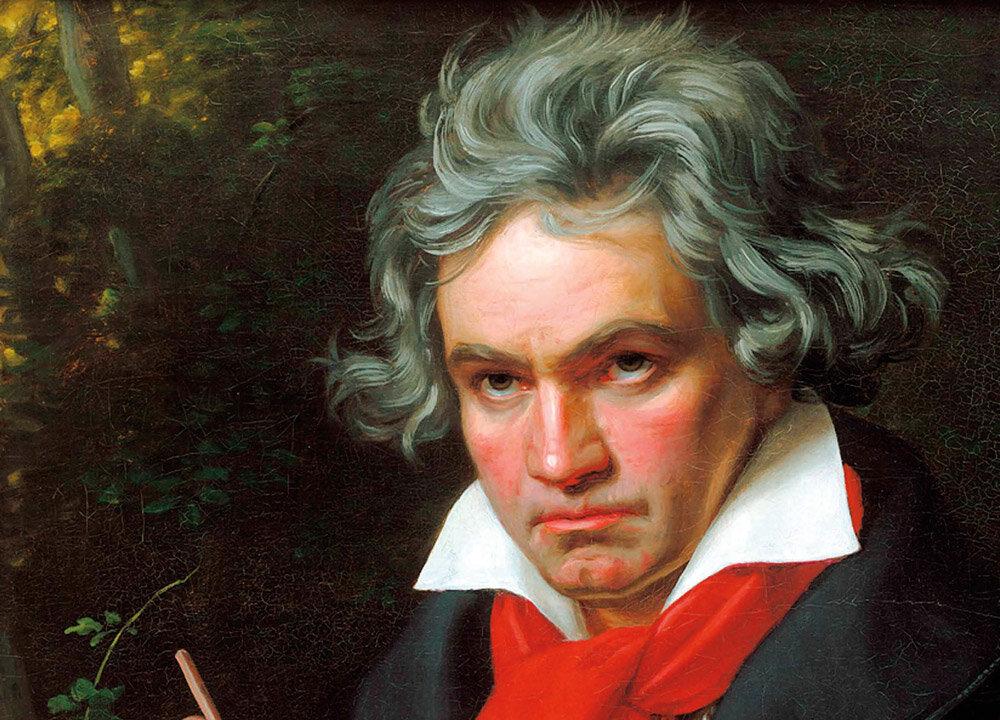If there is a world’s second-most beautiful piece of music, then which is the first, and who said so? Of course, that ranking would be entirely subjective, right?
I learned to compose by listening. When I need inspiration, I also listen. It doesn’t pay very well, as they say, but the benefits are pretty great; I get to listen to a lot of incredible music.





